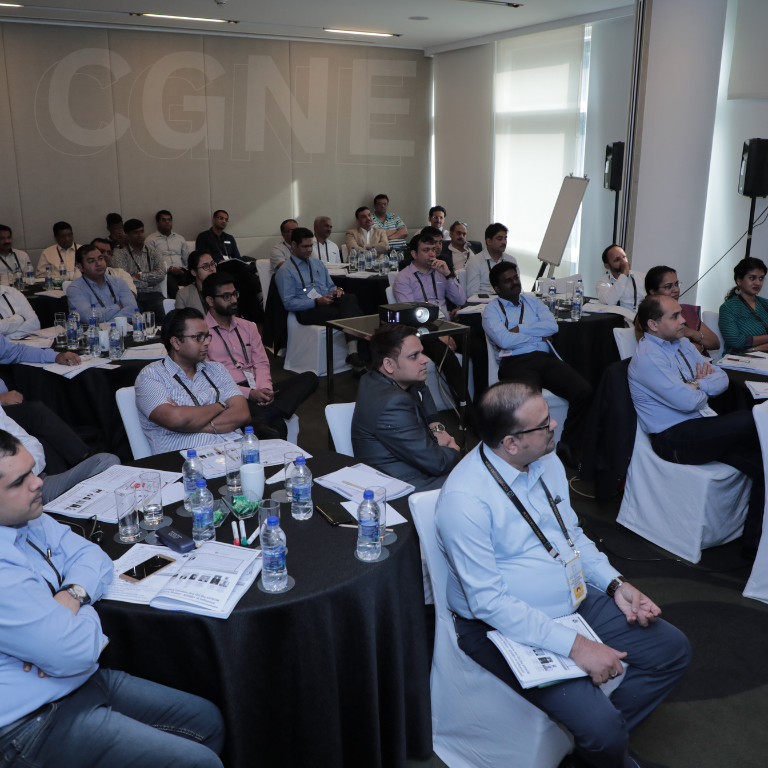Understanding the AI Revolution in Procurement
AI is not just a buzzword; it is a pivotal force that is reshaping how procurement functions operate. From automating routine tasks to providing advanced data analytics, AI empowers procurement professionals to make informed decisions swiftly. The integration of generative AI, in particular, has opened new avenues for improving user experiences and streamlining complex processes.
One of the most profound impacts of AI is its ability to handle non-linear and inconsistent procurement processes. Traditional procurement often involves complex documentation and manual effort, leading to inefficiencies. AI, especially generative AI, can adapt to unique needs, allowing for more streamlined workflows and enhanced user satisfaction. For instance, AI can automate the classification of transactions into procurement categories, reducing the burden on human users and ensuring accuracy in financial rule application.
Actionable Steps for Procurement Leaders
1. Develop a Robust AI Strategy: Before diving into AI adoption, it is crucial to establish a clear strategy. Understand the specific needs of your procurement function and identify areas where AI can add the most value. This involves setting clear goals and metrics to measure the success of AI initiatives. The below equations are crucial:
🔹 Value Alignment:
High complexity + Low business impact = Bad Investment (Red Flag)
High complexity + High business impact = Great Investment (Green Flag)
🔹 Simplicity Wins:
Simple solutions + Clear value = Compelling Solution (Green Flag)
Over-complication + Diluted message = Weak Proposition (Red Flag)
🔹 Credibility Matters:
Straightforward + Impactful solution = Enhanced Credibility (Green Flag)
Complex solutions + Minor issues = Questioned Credibility (Red Flag)
2. Invest in Data Quality: AI’s effectiveness is heavily dependent on the quality of data it processes. Ensure that your data is accurate, comprehensive, and accessible. Building a strong data foundation is essential for AI to deliver actionable insights and drive decision-making.
3. Focus on User Experience: Improving user experience should be a primary goal of AI integration. By automating routine tasks and reducing manual efforts, AI can enhance the overall experience for procurement professionals. This not only boosts efficiency but also increases user satisfaction and compliance.
4. Build a Skilled Team: The successful implementation of AI requires a team that is well-versed in both procurement processes and AI technologies. Invest in upskilling your team through training programs that focus on AI and data analytics. Encourage a culture of continuous learning and innovation.
5. Collaborate with Technology Partners: Partner with technology providers that offer flexible AI solutions tailored to your needs. This collaboration can help you leverage the latest advancements in AI and ensure that your AI initiatives are aligned with industry best practices.
6. Embrace Change Management: Integrating AI into procurement is not just about technology; it involves significant changes in processes and mindsets. Effective change management is crucial to ensure that your team adapts to new ways of working. Communicate the benefits of AI clearly and involve your team in the transformation journey.
7. Prioritize Security and Compliance: With the increasing use of AI, security and compliance concerns become paramount. Ensure that your AI systems are secure and that data privacy is maintained. Implement robust governance frameworks to manage risks associated with AI deployment.
Conclusion
The integration of AI in procurement is not a distant future but a present reality that procurement leaders must embrace. By developing a robust AI strategy, investing in data quality, and focusing on user experience, procurement functions can achieve unprecedented levels of efficiency and innovation. Building a skilled team, collaborating with technology partners, and prioritizing security are essential steps in this journey.
As AI continues to evolve, the procurement landscape will witness further transformations, offering new opportunities for those ready to adapt and innovate. By taking proactive steps today, procurement leaders can ensure that they are well-prepared to navigate the future and leverage AI to its fullest potential.




